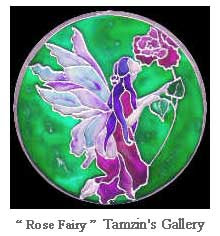Today flowering trees and plants, leafing bushes and grape vines all worked together with fresh plantings of vegetables and flowers to flood our senses. Our yard tasted of life and fertile earth and held the promise not only of beauty but of actual food that we would eat.
Beyond that our backyard was no longer a separate, inanimate thing. It had become a living, breathing part of us and us of it. The slow beat of its heart whispered to us of life and health and unity.
How did this transformation take place? Where did it start? Like so many great movements it began by throwing around some manure.
It all begins with the soil . . .
The first step was was a two inch layer of green horse manure, followed by a layer of card board. Newspaper is easier to plant through, whereas cardboard is better at choking out weeds. Very green manure is better at burning out the weeds but should not be planted in for at least a season. More mature manure, like a person, is less intense and better to plant into. Cow manure is fine, maybe better because cows have several stomachs. Alpaca is supposed to be great, but who has alpaca manure?
We thoroughly watered the first two layers, plastering the cardboard into the manure. Finally we put a layer of straw over the cardboard. Ideally a layer of compost could go over the straw, followed by a layer of leaves or more straw and finally good topsoil or more compost. But we did not have all that.
Rule number one is use what you have.
The idea is that the green manure burns out the weeds and mellows into a nitrogen rich mulch. The cardboard layer is designed for genocide and can be planted through in the meantime. This layer should decompose within a couple years if kept moist. The straw keeps everything moist, keeps the cardboard from blowing away, and is more aesthetic. Chipped wood can be substituted for the straw and has a better a better look to it, but takes longer to break down into the soil.


